O2O Marketing: How to Leverage This Billion-Dollar Online-to-Offline Opp
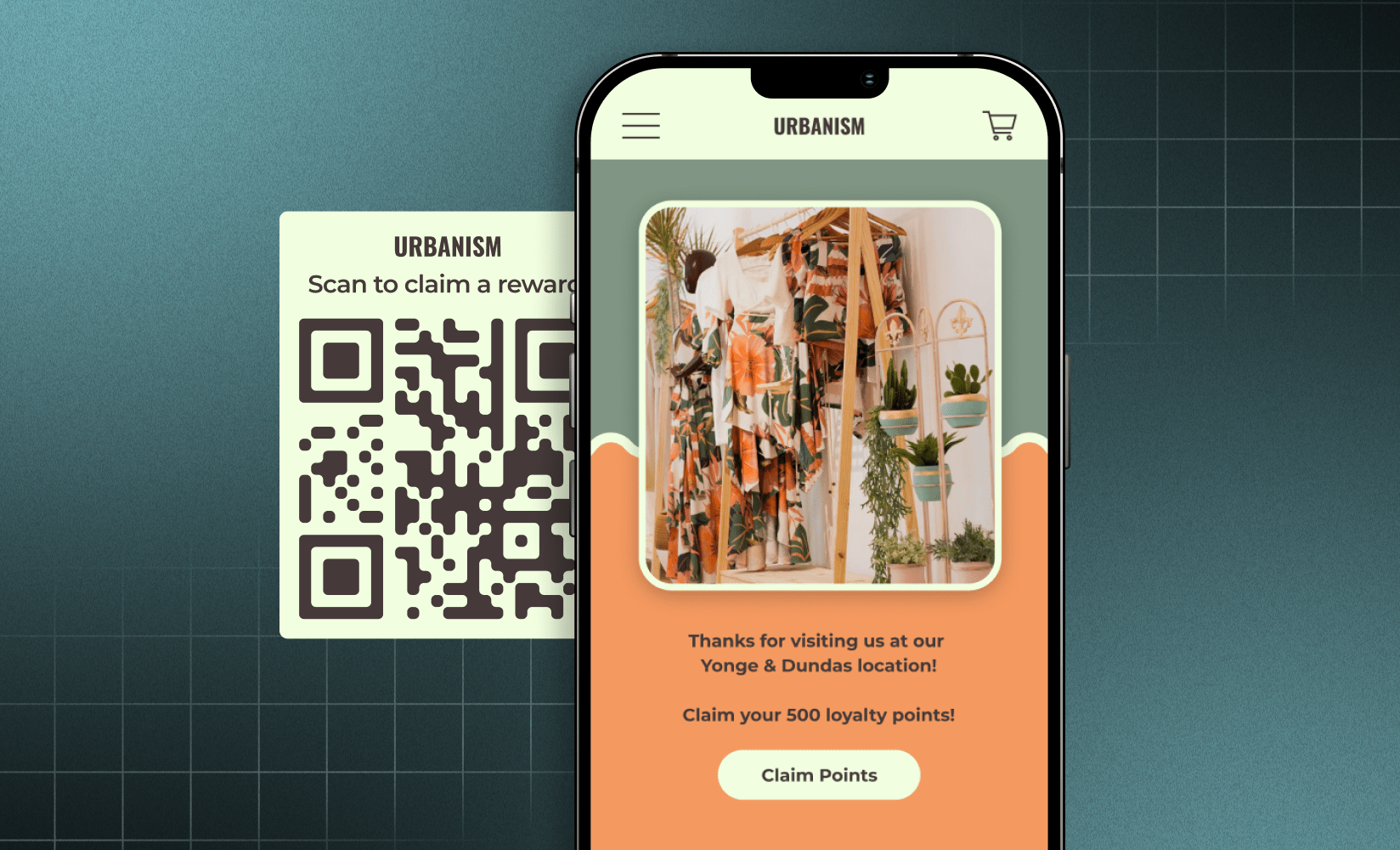
The line between ecommerce and brick-and-mortar retail is dissolving. And for good reason.
Ecommerce continued to grow in the US from 2021 to 2022—to the tune of a 13% increase in revenue—and now sits at about $875.2 billion.
However, as of 2022, physical retail still accounts for 87% of total retail sales in the US, while ecommerce clocks in at only 13%.
2020 may have brought a rapid shift to ecommerce, but what remains is the need to link in-store and online.
Age plays a big factor in customer preferences for shopping online versus in-store.
Unsurprisingly, most Gen Z shoppers (87.6%) prefer online shopping, contrasted with 41% of Baby Boomers.
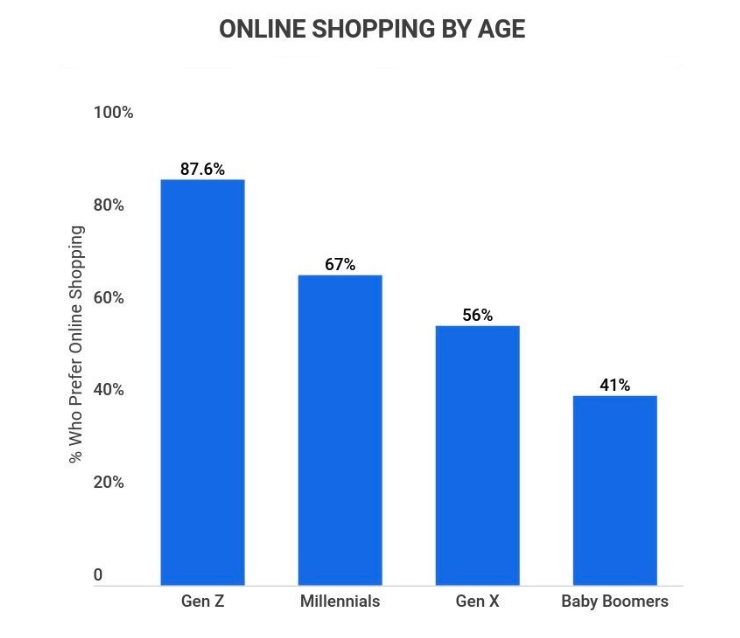
In short, customers crave both the convenience of online shopping but also want to connect with a brand IRL.
So how should you walk the line?
Online-to-offline marketing—known as O2O commerce—is a retail strategy that blends the two. O2O marketing campaigns turn online shoppers into in-store buyers.
Kait Stephens, the CEO and Co-Founder of Brij, shares that doubling down on O2O marketing is essential for scaling brands:
“O2O is more important than ever as we’re seeing a post-COVID reaction of consumers shopping IRL and more generally looking for engaging retail experiences.”
Today, you’ll learn what O2O marketing—or O2O commerce—is, how your brand can benefit, see examples from top brands, and more.
Skip ahead:
- O2O marketing definition
- The benefits of O2O commerce
- O2O market size and trends
- Top O2O marketing examples
What is O2O marketing?
O2O marketing is a strategy focused on actively guiding online customers to physical stores and ultimately leading to conversion.
O2O marketing refers to all you do to prompt potential customers, from email, social media, your .com, and other channels to your physical store, as a way of continuing the customer journey.
For example, say you’re a popular cosmetics brand wanting to drive foot traffic to a new store opening. You could use O2O marketing principles by sending an email campaign to local subscribers promoting an in-store event where customers receive a free trial-size bottle of foundation. This email could also link to the foundation’s PDP where customers can learn why it’s so great (and worth testing out in-store!).
A segmented campaign like this (based on geography) is relevant and encourages in-store visits where customers can connect with the brand and try products before buying.
This tees the brand up for future conversions, allows for in-store experiences not available via an order online, and builds brand loyalty.
O2O digital marketing campaigns can benefit tons of different brands.
You might be a great candidate for this strategy if your products have high-commitment price points, you offer extraordinary in-person shopping, or product try-ons reduce your return rates.
#cta-paragraph-pb#The O2O trend is catching on with more DTC brands that want to get into brick-and-mortar without losing control of their messaging. Learn how DTC marketing helps brands scale while maintaining control of their branding.
What’s the difference between O2O marketing and omnichannel marketing?
While O2O marketing and omnichannel sound similar, the two are different.
Omnichannel marketing refers to helping customers jump between different channels seamlessly. The key here is to make that hop especially smooth between interconnected channels.
O2O marketing focuses on just moving customers from Point A (an online channel) to Point B (your physical store).
O2O marketing borrows ideas from omnichannel marketing, like sharing customer data to optimize the online experience, but it very much focuses on driving customers from your online channels to your offline ones.
#cta-visual-pb#<cta-title>Create high-converting store promotions at scale<cta-title>Drive your visitors from online to offline with offers you craft via the Page Builder Advanced plan. Learn more
The benefits of O2O commerce
So, why drive online traffic to physical retail locations? Isn’t this counter to selling online and your investment in an owned digital channel? Not quite.
Let’s look at some of the biggest benefits of O2O marketing.
Increase average order value
With O2O marketing, you have a unique opportunity to show customers even more value—either online or offline.
Cross-selling and upselling can be done in-store or via your website and can have a powerful impact on your bottom line.
In fact, a whopping 35% of Amazon’s revenue comes from cross-selling!
Allowing customers to explore your products online first (especially as 60% of customers begin their shopping journey online!), then encouraging brick-and-mortar store visits coupled with relevant upselling or cross-selling could boost your average order value significantly.
For example, imagine a customer arrives in-store to check out a bike they saw on your site. You might merchandise that bike display to feature relevant products that would add value—like accessories or tools that work for that specific bike.
Building those touchpoints into both your online and offline shopping experiences opens you up to more conversions and higher AOV opportunities.
Meet shoppers where they are
Customers want to shop IRL and online.
In fact, 56% of in-store shoppers have used their smartphones to research items while shopping in-store.

What’s more, despite the prevalence of mobile commerce and inflation, in-store visits for Black Friday 2022 increased by 2.9%!
The desire for both is clear.
Incorporating O2O commerce practices into your overall marketing strategy means showing up in ways customers are already familiar with—a win-win.
Ease your fulfillment woes
Brands across industries are having issues with shipping and logistics. Horror stories of items taking months to ship plague social media:
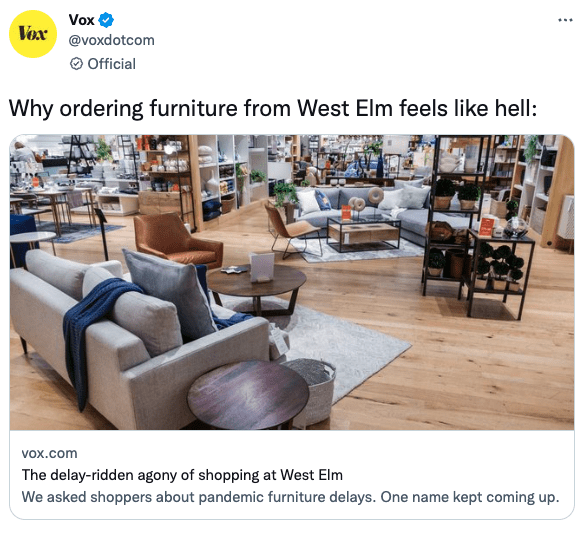

These issues have not-so-great implications (like Twitter accounts dedicated to sharing bad reviews) and are starting to pick away at brands’ identity and customer loyalty.
With O2O marketing, however, customers can pick up their products at your store (with buy online, pick up in-store) or can search your site from the comfort of home and then head to the store to purchase—like Target’s Curbside Pickup offering.
Connect with your community
Everyone is leaning on community these days.
Taking physical roots in your neighborhood—whether it be opening a permanent brick-and-mortar store or a pop-up shop—is a great way to build that in-person connection and brand recognition.
For example, luxury men’s grooming brand (and Shogun customer!) Beardbrand has opened several Beardbrand Barbershops over the years.
Customers make an appointment online, visit a shop for a quality cut, and test out the latest and greatest Beardbrand products.

These barbershops facilitate connections and create a community around a shared interest.
#cta-visual-pb#<cta-title>Build conversion-driving store content at scale<cta-title>Drive your visitors from online to offline with offers you craft via the Page Builder Advanced plan. Learn more
O2O commerce market opportunities
There’s no better time to invest in O2O marketing.
In fact, the online-to-offline commerce market size or opportunity is expected to hit $422.62 billion by 2027 as more brands continue to see the value in facilitating this hop to in-store.
That said, several 2020-era shopping tactics aren’t going anywhere and can benefit any O2O marketing campaign.
Let’s unpack a few that remain trending.
1. QR codes
It’s looking more and more like we won’t see the end of QR code menus at bars and restaurants anytime soon, so why not say the same for commerce?
QR codes are a great way to connect with customers and encourage the online-to-offline journey. With QR codes, customers can:
- Notify store employees they’ve arrived for their order pick-up or in-person shopping appointment
- Claim rewards or loyalty points in-store as they shop
- Learn more about a product as they shop in-store
- Order more of their favorite products quickly and easily
“The QR code becomes a frictionless way for brands to connect the offline world to valuable digital content & brand storytelling,” says Kait Stephens of Brij.
“Brij takes that one step further, allowing brands to make QR code experiences optimized for various use cases—from email capture to product set-up videos.”
For example, canned cocktail brand Cool Cat uses QR codes at in-person events to offer customers discounts or rewards.
2. Buy online, pick up in-store (BOPIS)
This tried and true online-to-offline channel might just be the first thing you think of when you hear “O2O marketing.”
Buy online, pick up in-store (BOPIS) involves customers shopping for (and sometimes paying) online and picking up their order later in-store.
A few quick benefits of BOPIS:
- No home delivery shipping costs
- Customers get their orders faster (which is huge considering 49% of customers will shop online for same-day delivery)
- Easier, quicker returns and exchanges
- More foot traffic to your pricy-to-operate physical retail locations
Plus, when customers are in-store, they are more likely to encounter live cross-and-upsell opportunities, increasing in-store AOV.
BOPIS eliminates certain vexing ecommerce fulfillment headaches, ensuring customers are happy.
3. Showrooming
On the flip side, allowing customers to experience your products in person and then purchase online is another way to leverage O2O marketing.
Showrooming is when a brand allows customers to experience products in person but keeps a limited inventory in-store.
A great example of showrooming with a twist is IKEA.
Shoppers have to travel through the entire store before arriving at the store’s warehouse, where they can then grab products for purchase.
While showrooming can result in purchases, 48% of customers use it for product research only to then look for an alternative online—driving home the importance of both offline and online shopping experiences.
💡 Make sure your online experience is optimized for search so customers can find you afterward. Crafting an engaging ecommerce experience that's not only discoverable but memorable can help customers convert.
O2O marketing examples
Here’s a roundup of some of the best O2O marketing examples we’ve seen and their best O2O commerce play you can test out for your brand.
1. Love Your Melon
Cause-driven apparel brand Love Your Melon offers customers the ultimate in-store customization experience.
Beanie lovers can make their own beanie (or gift one to someone else) at one of LYM’s Build Your Own Beanie Studios.
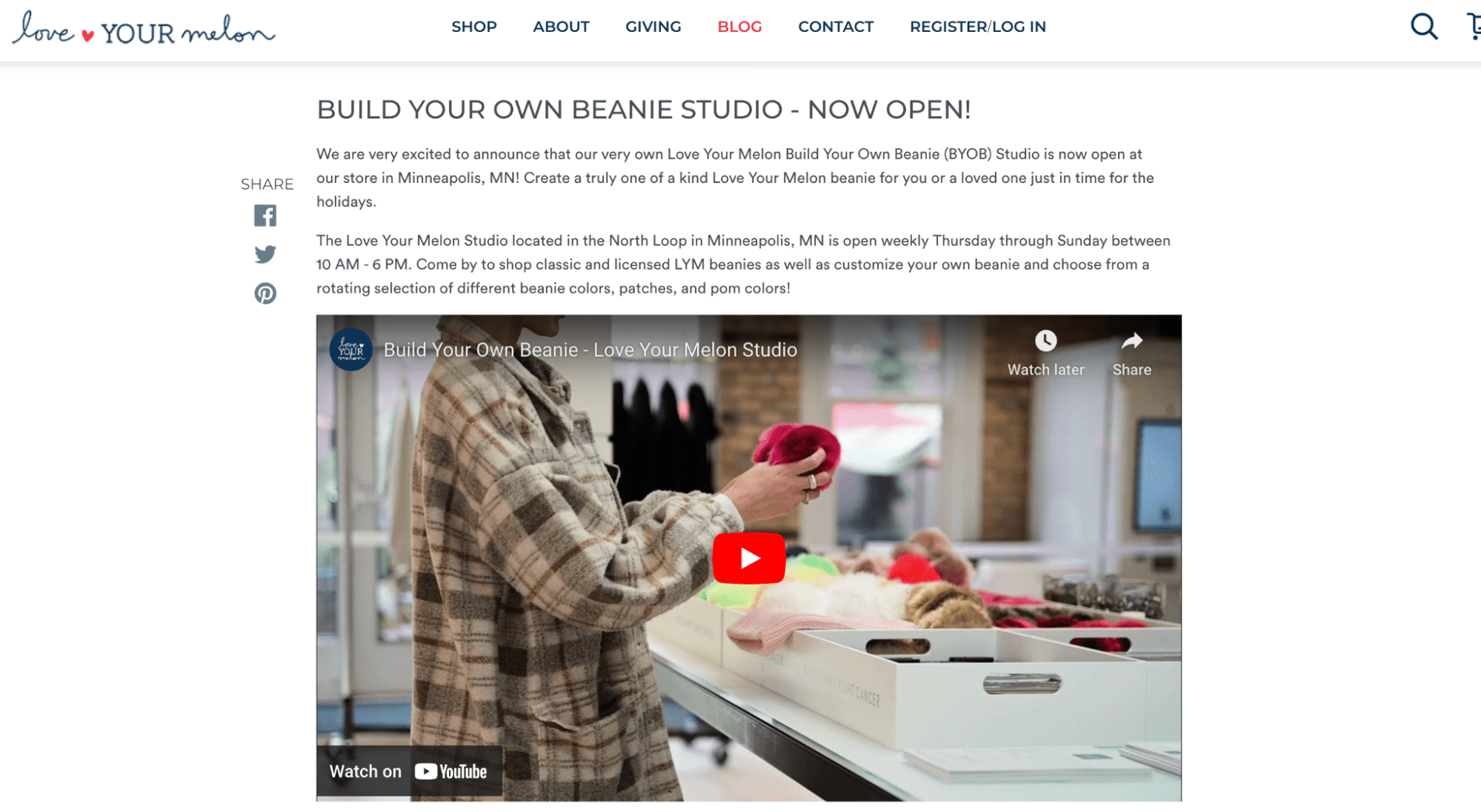

This is a great way to connect with customers by offering a fun, hands-on activity and a behind-the-scenes look at how their favorite beanies are made.
Plus, they leave with a one-of-a-kind beanie!
2. Pop Up Grocer
It’s all in the name with Pop Up Grocer!
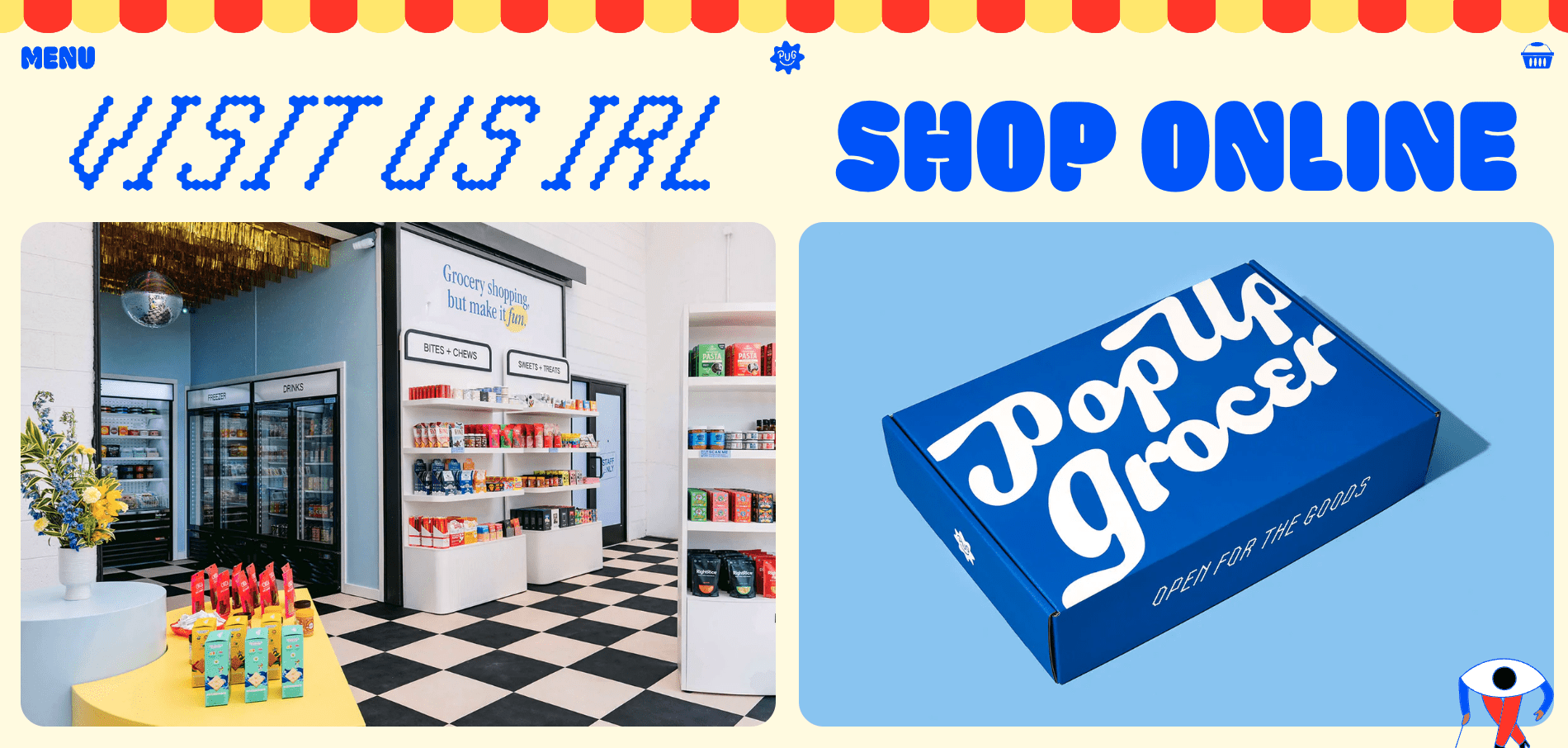
This cool, curated grocery store experience pulls brands from all over the DTC/CPG map.
Customers can visit one of their pop-ups and explore new brands or pick up some of their favorites.
When customers visit popupgrocer.com, they can browse the products Pop Up Grocer carries with their brand directory, then can shop in-store at one of their colorful locations.
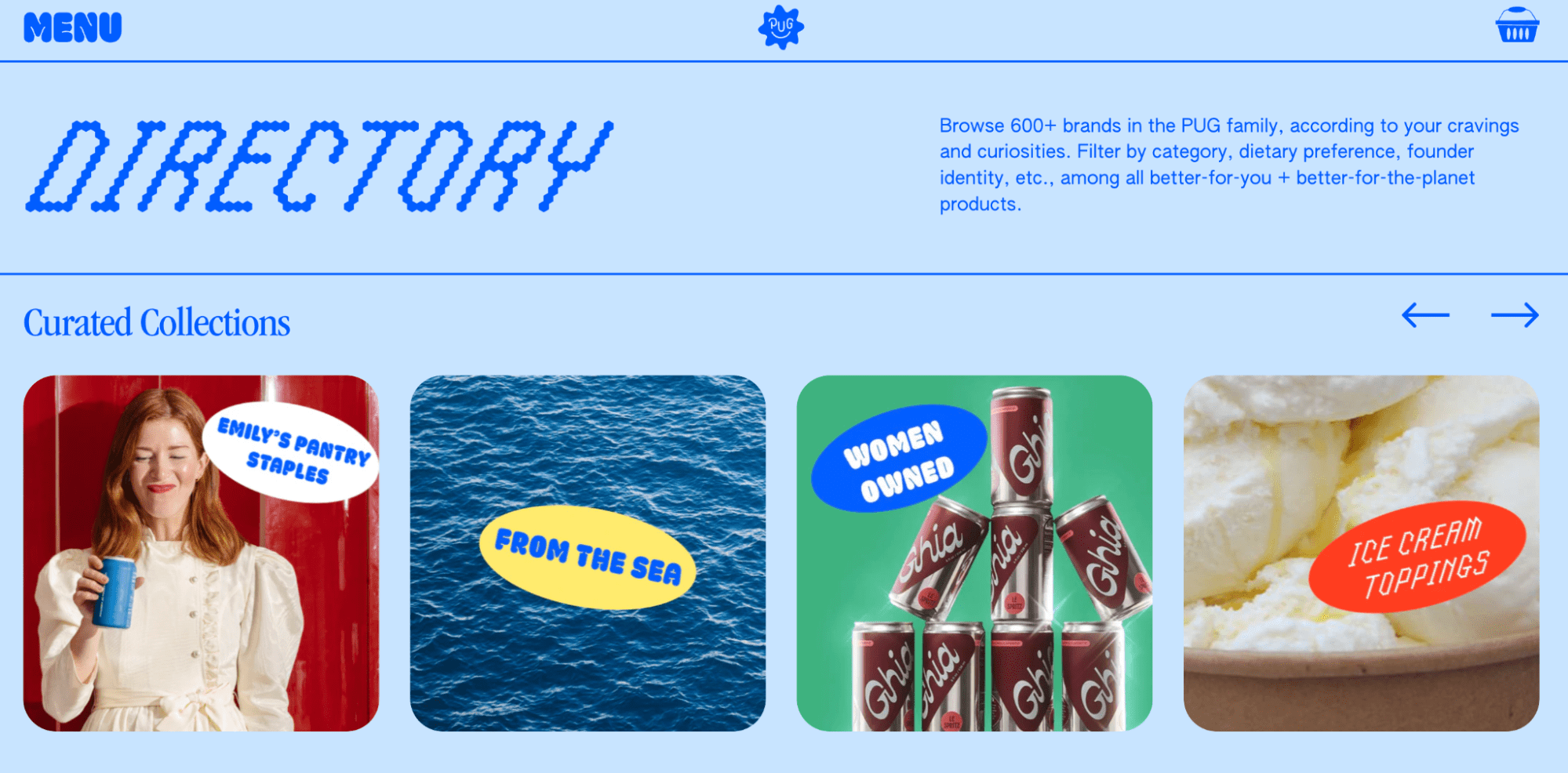
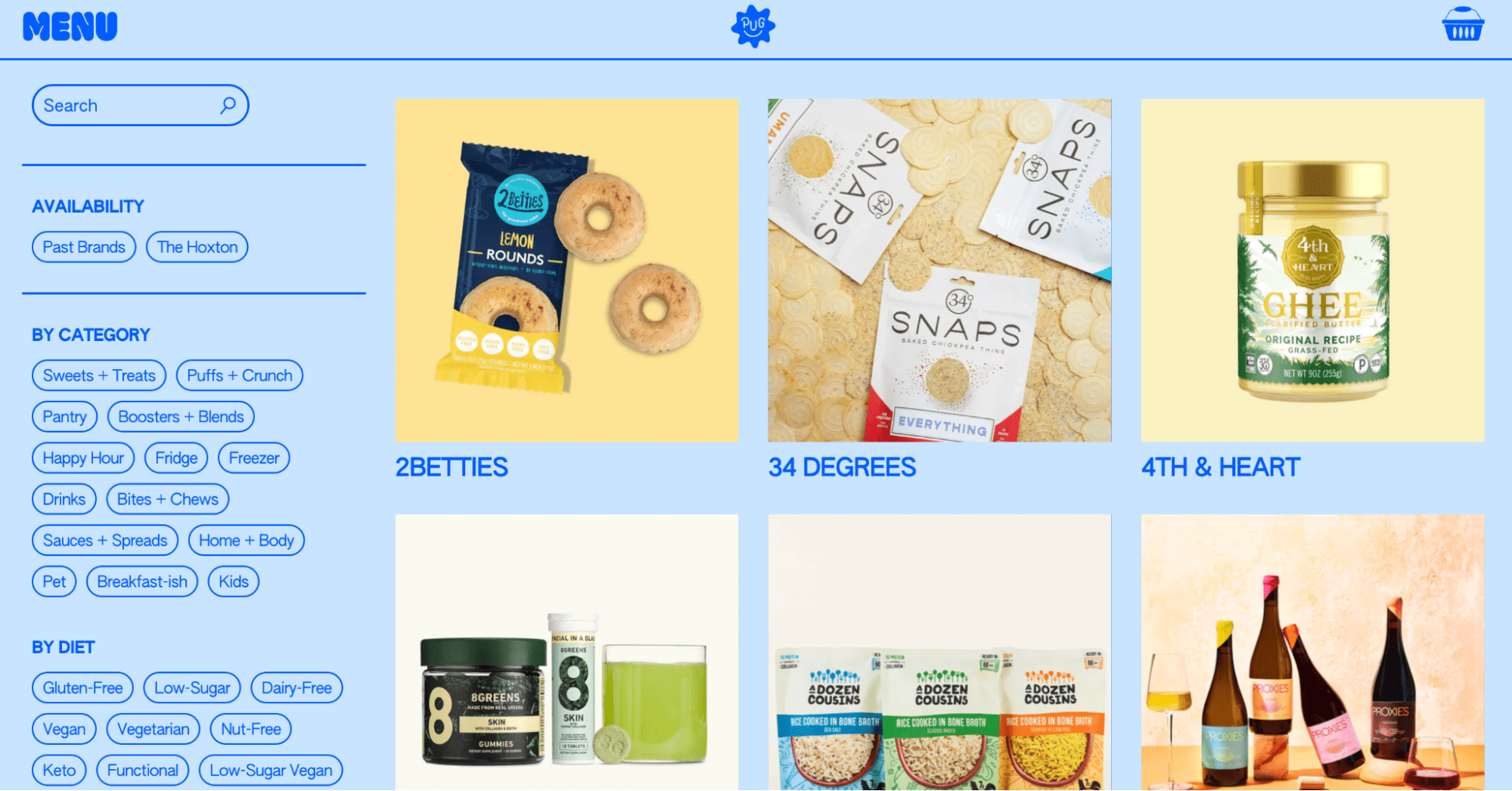
Selling products through Pop Up Grocer is also a great way for brands to get in front of new customers—by encouraging them to go from offline to online.
3. Nike
Nike’s House of Innovation is an immersive experience—from customizing your own pair of Nike’s to shopping curated items based on where you’re shopping (NYC, Shanghai, or Paris).
The curated experience can start on Nike’s online channels and takes shoppers (optionally) into its flagship brick-and-mortar stores.
Shoppers can check out the Nike Sneakerlab, which houses the biggest inventory of Nike footwear—from old classics to new kicks.


What’s more, downloading the Nike app takes the experience to the next level.
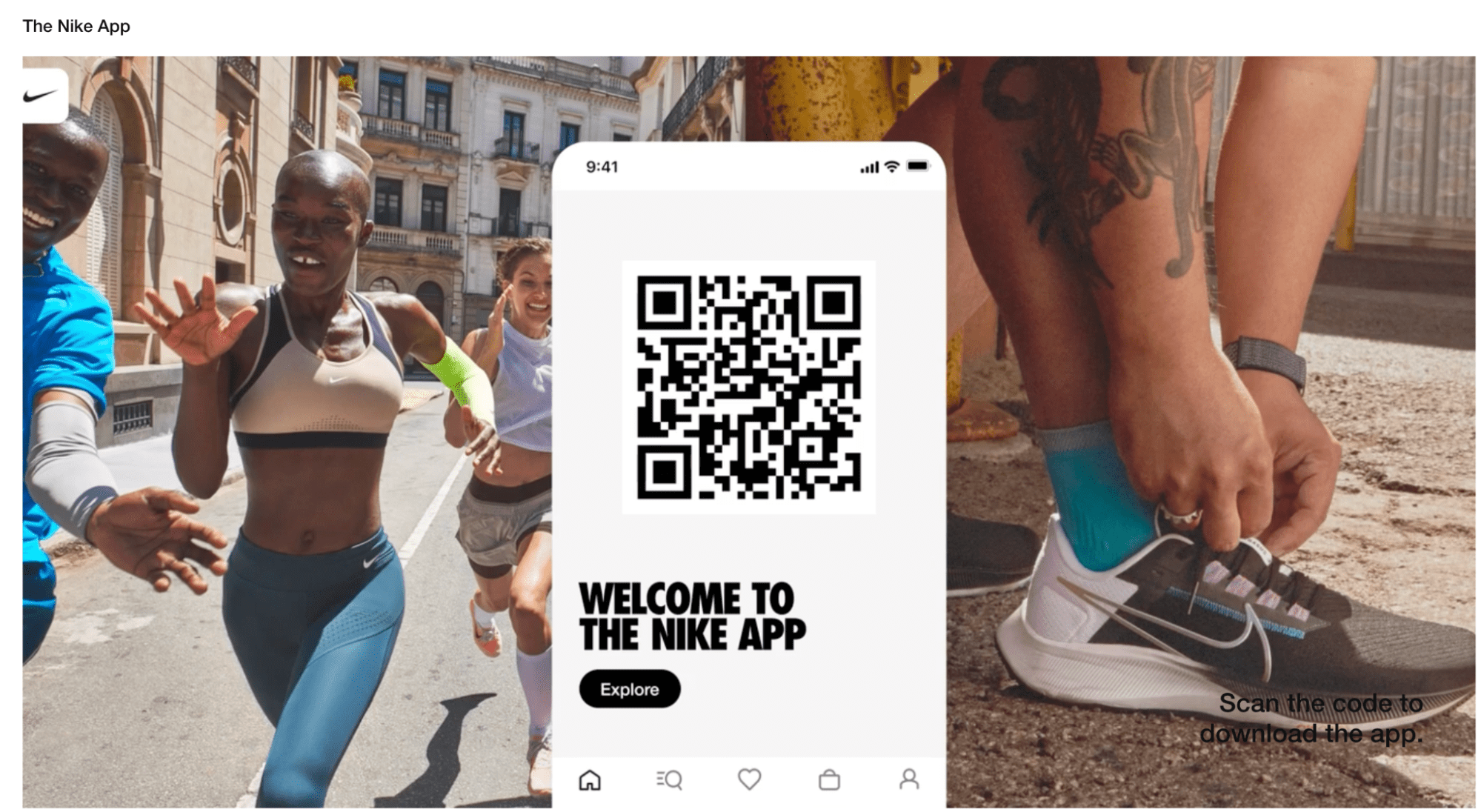
The app acts as your all-access pass to House of Innovation and to Nike.com, so you get the best experience whether you’re shopping in-store or on the go.
4. Tupperware
Household name brand Tupperware built its foundation on only being available for purchase through an infamous Tupperware party.
Until now.
This Tupperware pop-up shop coincided with its new website launch and allows customers to see what Aunt Cheryl’s trusty reusable containers can do—complete with cooking demonstrations, space for events, and more.
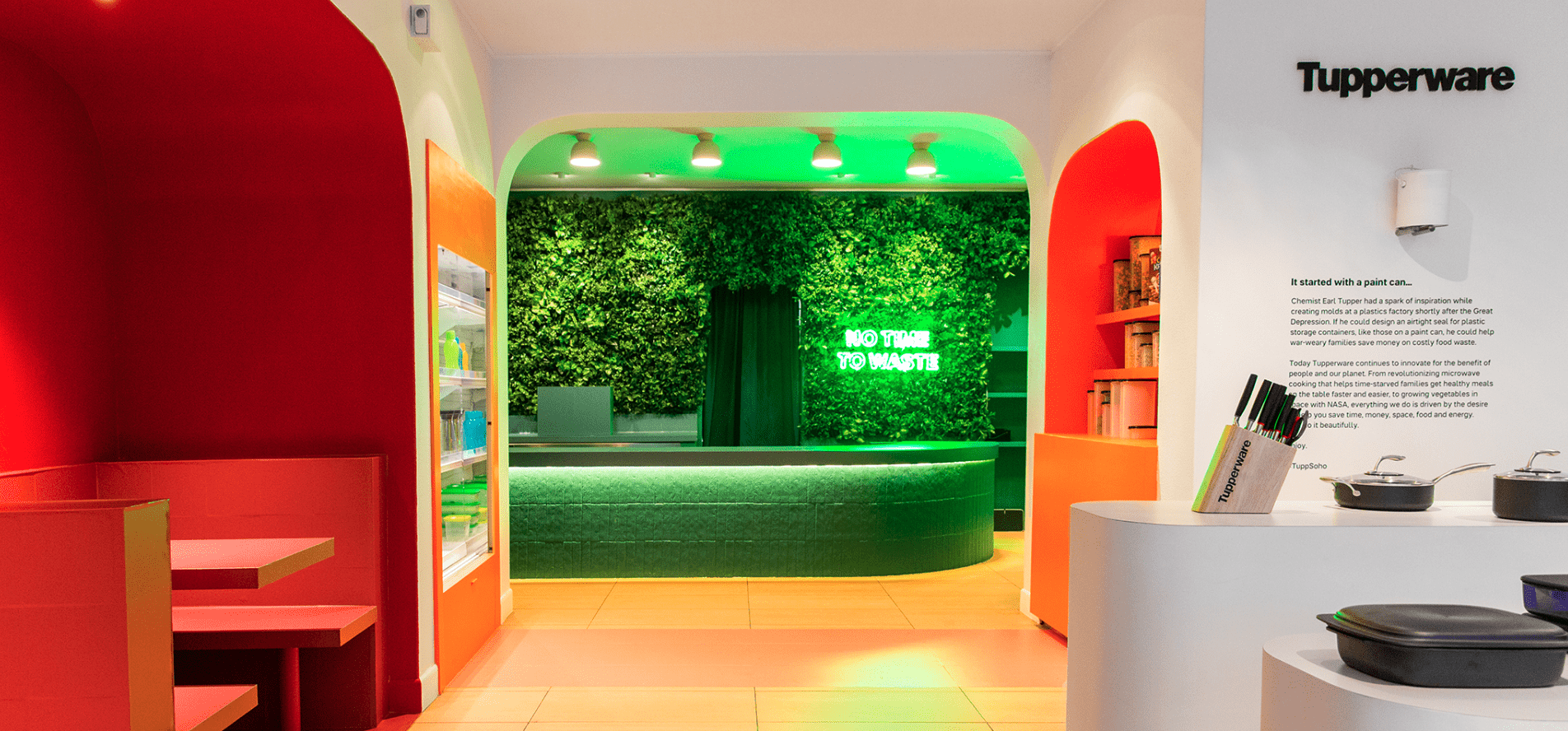
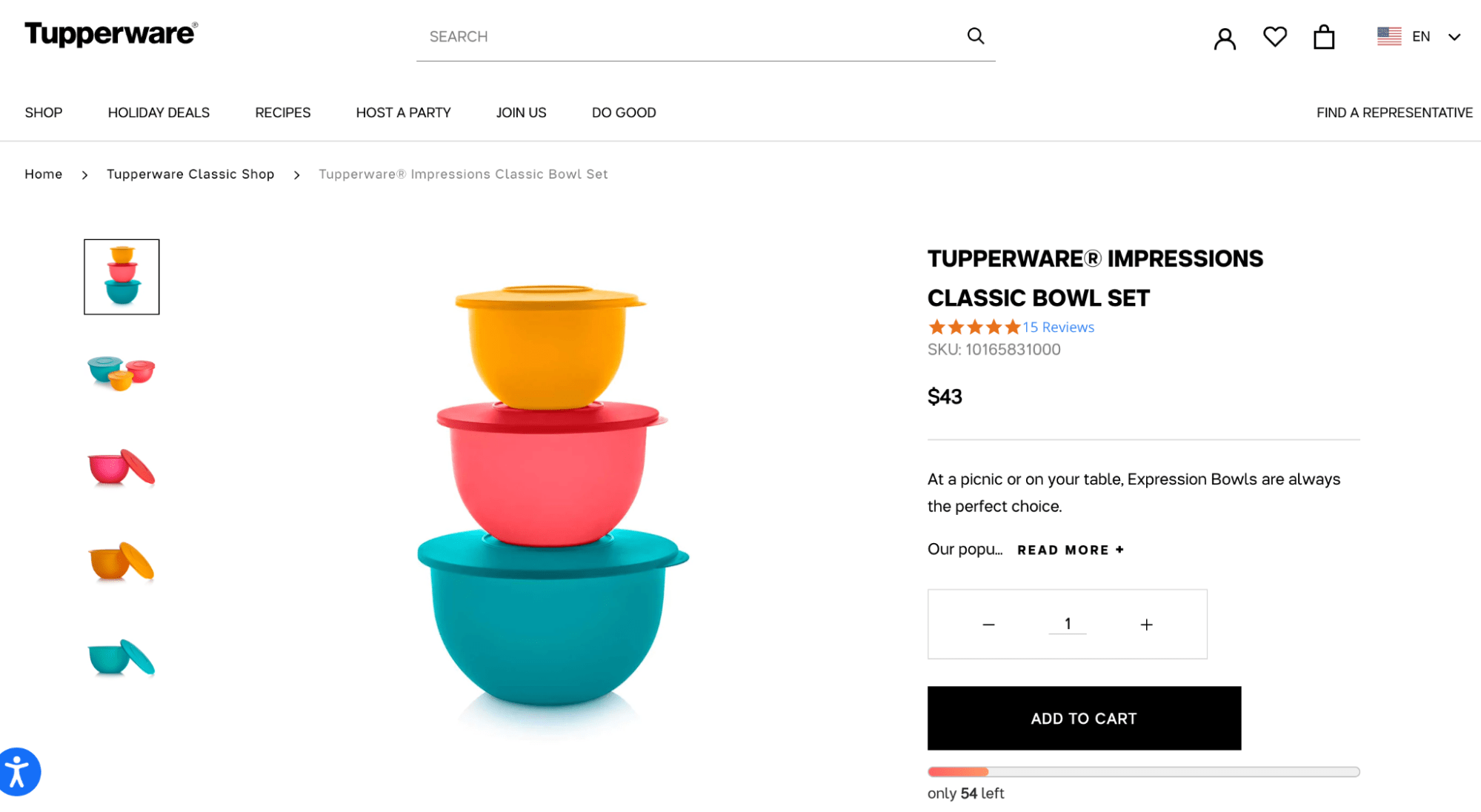
The launch of their new website is the first time customers can buy directly from the brand, which speaks volumes about the importance of an owned ecommerce channel.
O2O marketing is an opportunity to expand your brand
The opportunities to blend offline and online retail are endless, and the demand for these kinds of experiences isn’t letting up.
Brands need to double down on this behavior shift and make it easy for customers to go back and forth from online to offline seamlessly. Doing so will help you meet customers where they are, increase AOV, streamline fulfillment, and connect with your community.
Having a strong online presence will encourage customers to discover your brand IRL and vice versa.
By facilitating this easy back and forth, you can build brand loyalty, more conversions, and better experiences.
#cta-visual-pb#<cta-title>Build impactful store content at scale<cta-title>Create store content that drives your visitors from online to offline with our Page Builder Advanced plan. Learn more

Kaitlyn Ambrose
Kaitlyn works on all things content at Shogun. ⚡



